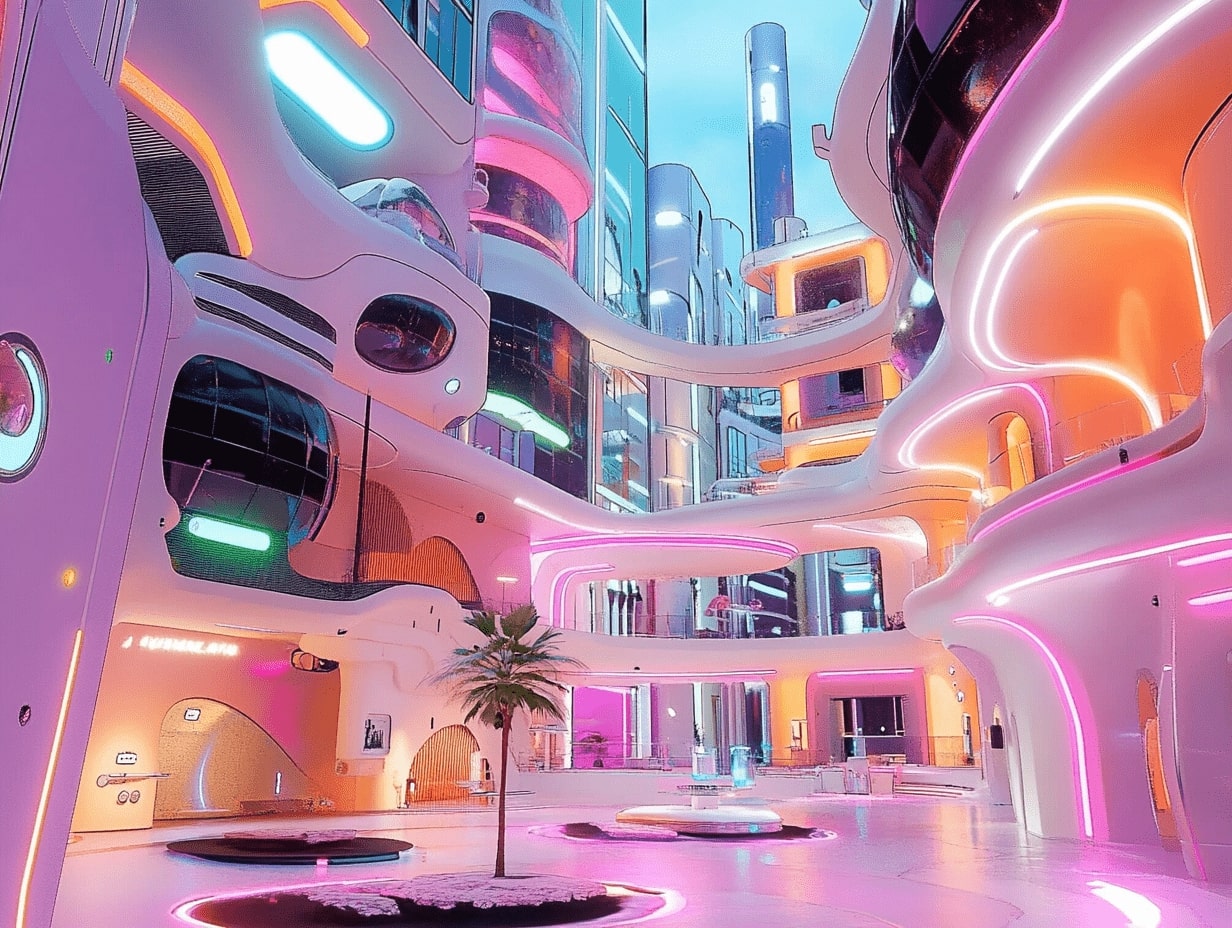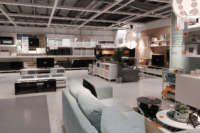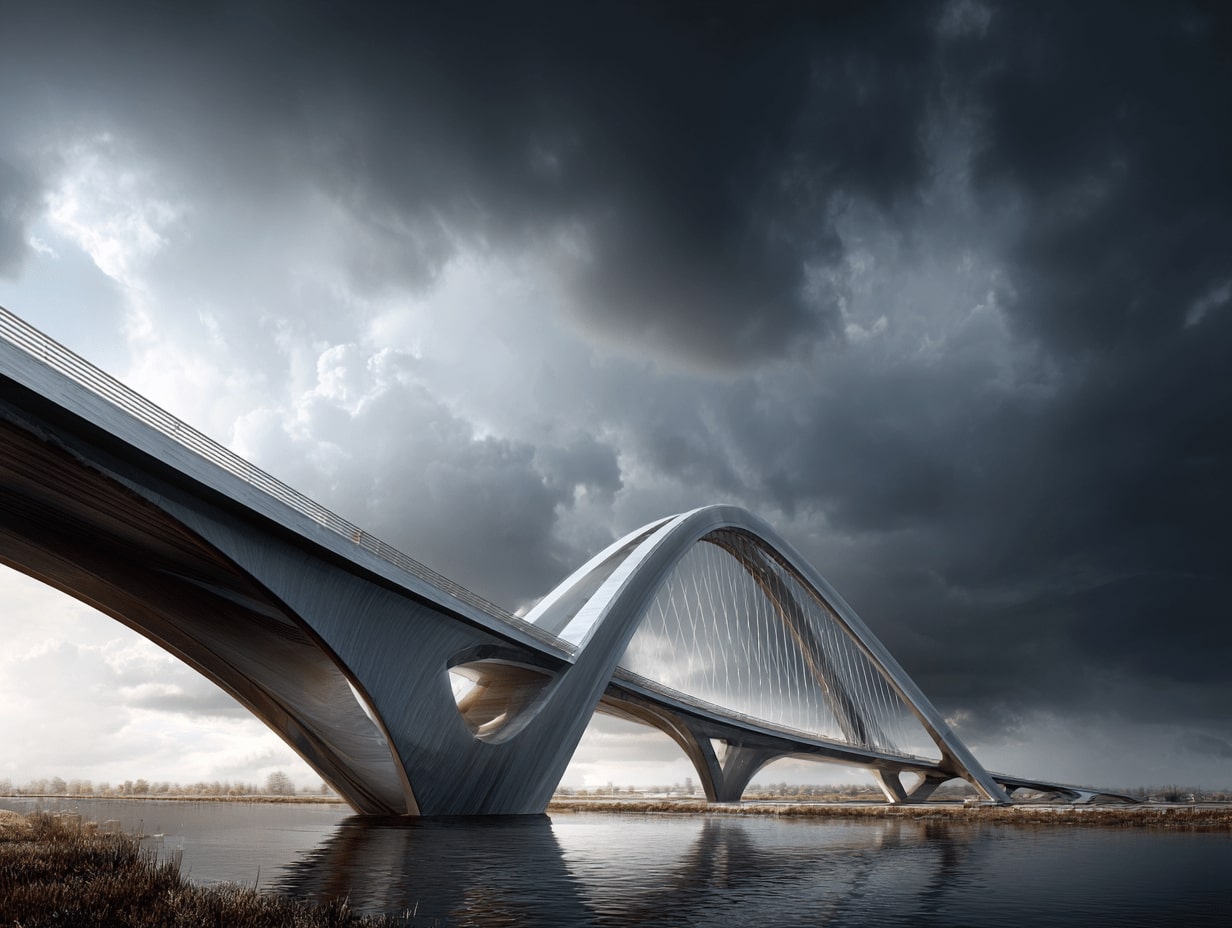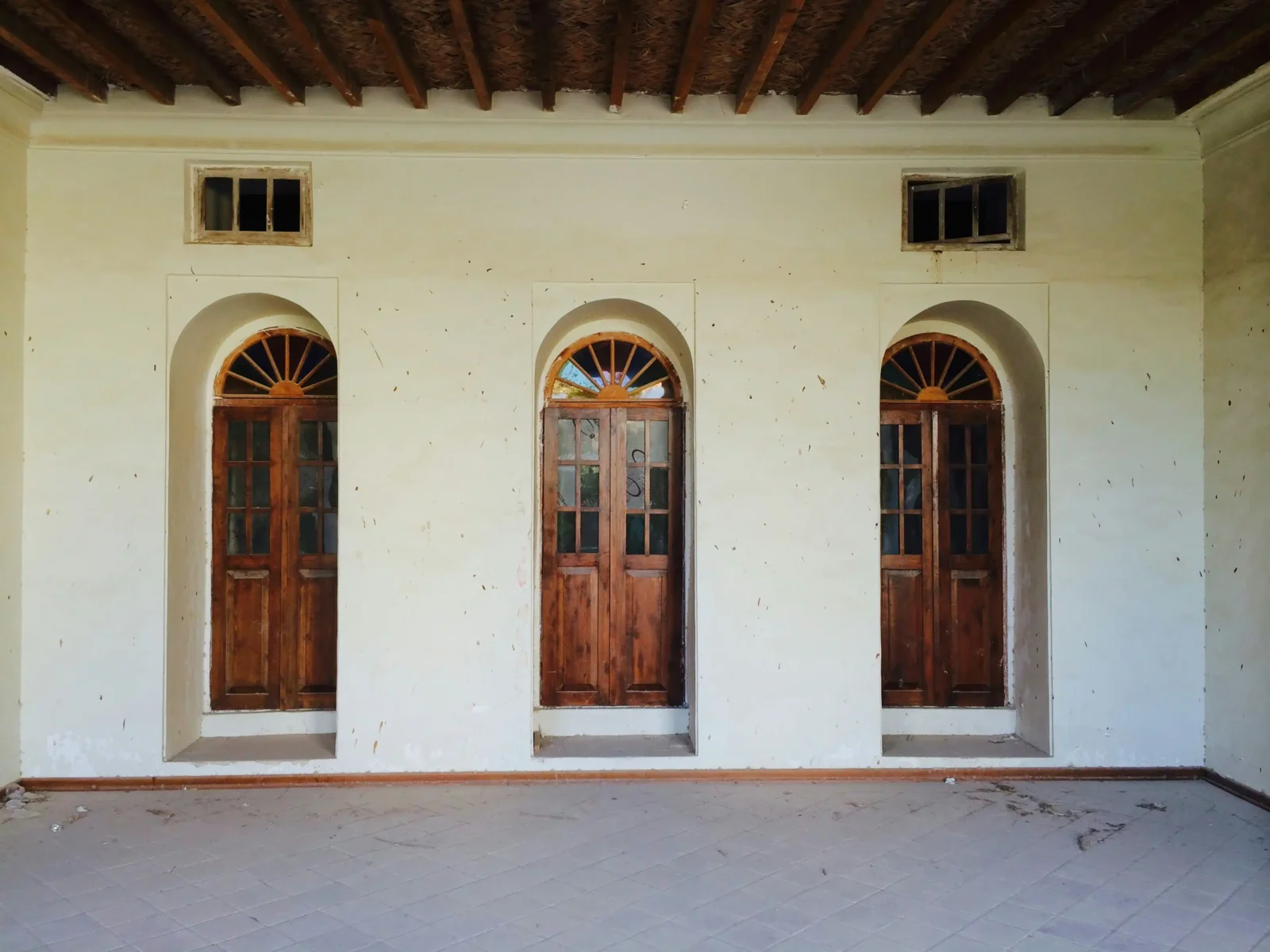- Home
- Articles
- Architectural Portfolio
- Architectral Presentation
- Inspirational Stories
- Architecture News
- Visualization
- BIM Industry
- Facade Design
- Parametric Design
- Career
- Landscape Architecture
- Construction
- Artificial Intelligence
- Sketching
- Design Softwares
- Diagrams
- Writing
- Architectural Tips
- Sustainability
- Courses
- Concept
- Technology
- History & Heritage
- Future of Architecture
- Guides & How-To
- Art & Culture
- Projects
- Interior Design
- Competitions
- Jobs
- Store
- Tools
- More
- Home
- Articles
- Architectural Portfolio
- Architectral Presentation
- Inspirational Stories
- Architecture News
- Visualization
- BIM Industry
- Facade Design
- Parametric Design
- Career
- Landscape Architecture
- Construction
- Artificial Intelligence
- Sketching
- Design Softwares
- Diagrams
- Writing
- Architectural Tips
- Sustainability
- Courses
- Concept
- Technology
- History & Heritage
- Future of Architecture
- Guides & How-To
- Art & Culture
- Projects
- Interior Design
- Competitions
- Jobs
- Store
- Tools
- More
Exploring The Future of Architecture in the Metaverse: Trends and Innovations
Explore how the metaverse is revolutionizing architecture by liberating designs from physical constraints and blending virtual with reality. Discover trends in architectural innovation through AI, VR, and AR, offering immersive experiences and sustainable solutions. Uncover the collaborative efforts and futuristic visions shaping architecture's evolution in this digital frontier.

As we stand on the brink of a digital revolution, the metaverse beckons with endless possibilities, reshaping how we perceive architecture. This immersive world isn’t just a playground for avatars; it’s a canvas for architects to redefine space, form, and function. With virtual landscapes evolving at a rapid pace, we’re witnessing the fusion of creativity and technology like never before.
In the metaverse, traditional constraints vanish, allowing architects to explore designs that defy gravity and logic. This digital realm offers us a chance to innovate beyond the physical world’s limitations. As we delve deeper into this new frontier, emerging AI trends in metaverse architecture promise to transform our understanding of what buildings can be.
The future of architecture in the metaverse is more than just a trend; it’s a paradigm shift. By embracing these changes, we’re not only shaping virtual spaces but also influencing the future of design and interaction in our increasingly digital lives.

Table of Contents
ToggleUnderstanding the Metaverse
The metaverse signifies more than just a digital environment. It’s an interconnected virtual space where users can interact with computer-generated surroundings and others through virtual reality. As architects engage with this world, they find opportunities to design spaces without the limitations of the physical world. In the metaverse, digital materials, gravity-defying structures, and infinite landscapes become possible.
We recognize that this platform blends elements of social media, gaming, and cryptocurrency. Users not only navigate these interactive spaces but also modify and personalize them. For architects, this means creating adaptable environments that can integrate seamlessly with users’ digital identities.
In embracing the potential of the metaverse, we see not only a shift in how spaces are designed but also a transformation in user experience. As more individuals and industries participate, the boundary between virtual and physical architecture will increasingly blur.
Current Trends in Architecture for the Metaverse
In the metaverse, architecture is rapidly evolving. It harnesses digital tools to create groundbreaking interactive designs that push the boundaries of traditional architectural concepts.
Virtual Reality Integration
Virtual reality integration in architecture enables designers to craft immersive environments. Users explore complex structures by navigating these digital realms. This approach redefines user interaction, providing a first-person perspective on new design possibilities. We see examples in virtual museums and digital real estate tours, showing how architecture adapts to enhance user experiences in the metaverse.
Augmented Reality Design Concepts
Augmented reality design concepts blend the physical and virtual worlds. By overlaying digital elements onto real-world settings, architects introduce new functionalities and aesthetics. This enhances architectural visualizations and client interactions. Projects like digital overlays on urban spaces exemplify how these concepts enrich existing environments, offering users unique, engaging experiences without altering the actual landscape.

Innovative Architectural Practices
In the metaverse, architectural practices are evolving to embrace cutting-edge technologies and concepts. Novel methods transform digital spaces, impacting how designs are created and experienced.
Use of AI and Machine Learning
AI and machine learning enhance architecture in the metaverse by optimizing design processes. These technologies analyze vast data sets to suggest efficient structural forms and innovative spatial layouts. For example, intelligent algorithms can design complex, adaptive environments that respond to user interactions without manual intervention. Machine learning models also enable predictive maintenance in virtual spaces by simulating user behavior and predicting potential issues. By leveraging AI, architects streamline workflows, reduce errors, and create more dynamic virtual environments.
Sustainability and Environmental Considerations
Sustainable architecture in the metaverse emphasizes resource-efficient design and virtual ecological balance. Virtual environments can incorporate renewable energy simulations and efficient material use. For instance, architects might use digital elements that mimic sustainable materials, creating eco-friendly virtual design. Moreover, the limitless nature of the metaverse offers opportunities to experiment with designs that, if scaled to reality, could minimize environmental impact. As virtual spaces align with ecological principles, architects contribute to broader sustainability goals, even in digital realms.

Challenges and Opportunities
Exploring architecture in the metaverse brings both challenges and opportunities. While the potential for innovative design is vast, overcoming technical hurdles and fostering interdisciplinary collaboration remain crucial.
Technical and Infrastructure Barriers
Creating architecture in the metaverse requires advanced technical infrastructure. High-speed internet and powerful computing resources are critical for rendering complex virtual environments and ensuring seamless user experiences. Inadequate bandwidth or outdated hardware can hinder the design and exploration of these spaces. We face the challenge of ensuring accessibility and inclusivity, particularly for users with varied technology access.
Cross-Disciplinary Collaboration
Designing for the metaverse demands collaboration across multiple disciplines. Architects, alongside a custom software development company, must work with virtual reality experts and digital artists to create cohesive virtual spaces. Understanding different fields enhances our ability to integrate diverse tools and technologies, leading to more innovative and immersive designs. This collaboration fosters creative solutions that redefine architectural practices in the digital realm.

Future Predictions
In the ever-evolving metaverse, architecture is poised for revolutionary changes. Our predictions focus on how these advancements will impact both virtual and real-world spaces.
Impact on Real-World Architecture
Virtual innovations influence real-world architectural practices. We anticipate architects transporting experimental digital concepts into physical spaces, attempting new forms and materials inspired by the metaverse. This interplay leads to structures that push boundaries of traditional architecture. Digital twin technology, simulating real-world structures in virtual settings for optimization and testing, emerges as a key development. If architects embrace these technologies, design accuracy improves and construction costs decrease.
Evolution of Design Tools and Techniques
Design tools continuously advance, reshaping how architects create. In the metaverse, AI-driven platforms offer intuitive interfaces for generating complex models quickly. Machine learning algorithms enhance precision, anticipating user preferences to improve design outcomes. We expect increased adoption of these tools to reduce time and effort in creating intricate environments. Additionally, real-time collaboration tools in virtual reality streamline teamwork, allowing architects across the globe to co-create seamlessly. As these technologies mature, architectural design becomes more efficient, innovative, and accessible.
Conclusion
As we examine the future of architecture within the metaverse, it’s clear that digital innovation will play a pivotal role in reshaping both virtual and physical spaces. The metaverse offers architects an unprecedented platform for creativity, allowing the exploration of gravity-defying structures and infinite landscapes beyond traditional constraints. By leveraging emerging technologies like AI, machine learning, and augmented reality, we can create immersive environments that enrich user experiences and redefine architectural norms.
The intersection of virtual spaces with real-world architecture presents exciting possibilities. As architects experiment with digital twins and other advanced simulations, these tools will not only refine design accuracy but also offer solutions for sustainable construction. Our architectural practices may see transformations as experimental concepts in the metaverse find their way into tangible, real-world projects.
Challenges persist, including the technical demands of creating these complex environments and the need for interdisciplinary collaboration. However, by working together with experts in digital art, software development, and virtual reality, architects can continue to push the boundaries of creativity.
Our journey in exploring the metaverse architecture has only just begun. As technological advancements continue, we are poised to discover innovative approaches that will transform the way we design, build, and experience the spaces around us.
- Architecting virtual spaces
- Architecture virtual environments.
- Cutting-edge digital architecture
- Cyber architecture
- Digital realm construction
- Emerging metaverse architectures
- Metaverse architectural innovations
- Metaverse infrastructure design
- Metaverse spatial design
- Metaverse urban planning
- Virtual design practices
Submit your architectural projects
Follow these steps for submission your project. Submission FormLatest Posts
How Modern Bridges Balance Aesthetics and Engineering
How modern bridges balance aesthetics and engineering: explore form-driven systems, case studies,...
Exterior & Interior Remodeling Tips Every Homeowner Should Consider
Home upgrades reshape comfort, improve function, and strengthen long-term property value. Whether...
Top 8 Luxury Vacation Rentals Features Guests Love Most
A luxury vacation rental offers an entirely different experience than a typical...
Why Local Expertise Matters: Choosing the Right Plumbers in Townsville
Why Local Expertise Matters: Choosing the Right Plumbers in Townsville When it...












Leave a comment